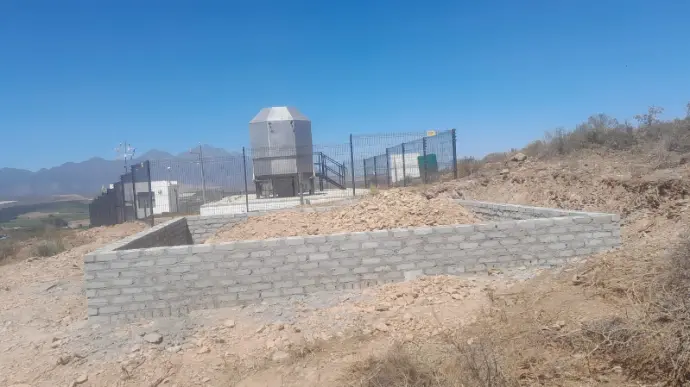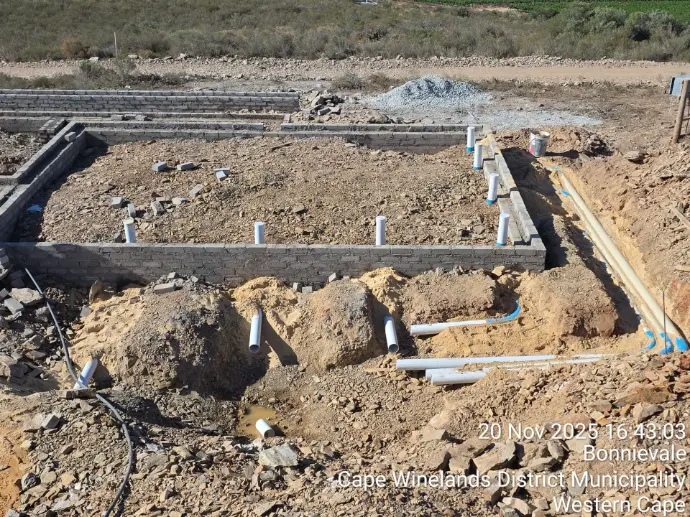Southern Africa's first privately-funded observation facility dedicated to optical tracking of space objects and debris
Learn More
Services and Products
- Optical Telescope Hosting
- Telescope Dome Design and Manufacturing
View our services


Research
The region provides a key vantage point for the global network of near space observation of satellites and space debris. This opens up an entirely new research capability for organisations to conduct research and to develop global partnerships in:
- Optical tracking of satellites and space debris
- Atmospheric entry of meteoroids
Research conducted locally go beyond satellite and space debris monitoring, and include meteoroid behaviour during atmospheric flight.
OUR PARTNERS

Purple Mountain Observatory (PMO)
Established in 1928, was the first scientific research institution in China to carry out satellite and space debris observation, and is the base and operation unit of the Optical Observation Network of the Chinese Academy of Sciences.
PMO houses four key laboratories of the Chinese Academy of Sciences: Radio Astronomy, Space Object and Debris Observation, Dark Matter and Space Astronomy, and Planetary Sciences, as well as two research centres of the Chinese Academy of Sciences – the Centre for Space Object and Debris Observation and Research, and the Centre for Antarctic Astronomy. Its research in astrophysics and celestial mechanics is grouped into four divisions: dark matter and space astronomy, Antarctic astronomy and radio astronomy, applied celestial mechanics and space objects and debris, and planetary sciences and deep space exploration. Each division consists of research groups, observation stations, and laboratories, supported by a number of observations stations.
This partnership aims to strengthen the research activities of the Centre for Space Object and Debris Observation and Research, as part of a large network spanning more than 20 countries.

International Scientific Optical Network (ISON)
ISON is one of largest systems specializing in observation of space debris at high orbits and is capable of observing the whole GEO ring.
ISON is coordinated by the Keldysh Institute of Applied Mathematics in Moscow and collaborates with optical observatories in countries including Russia, Ukraine (Andrushivka), Georgia (Abastumani), Uzbekistan, Tajikistan, Moldova, Spain (Teide), Switzerland (Zimmerwald), Bolivia (Tarija), Mongolia, USA (Mayhill) and Italy (Collepardo). These observatories are organised to detect, monitor and track objects in space.



